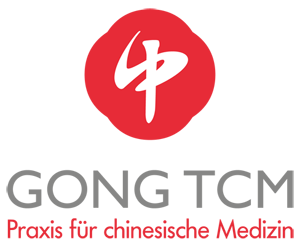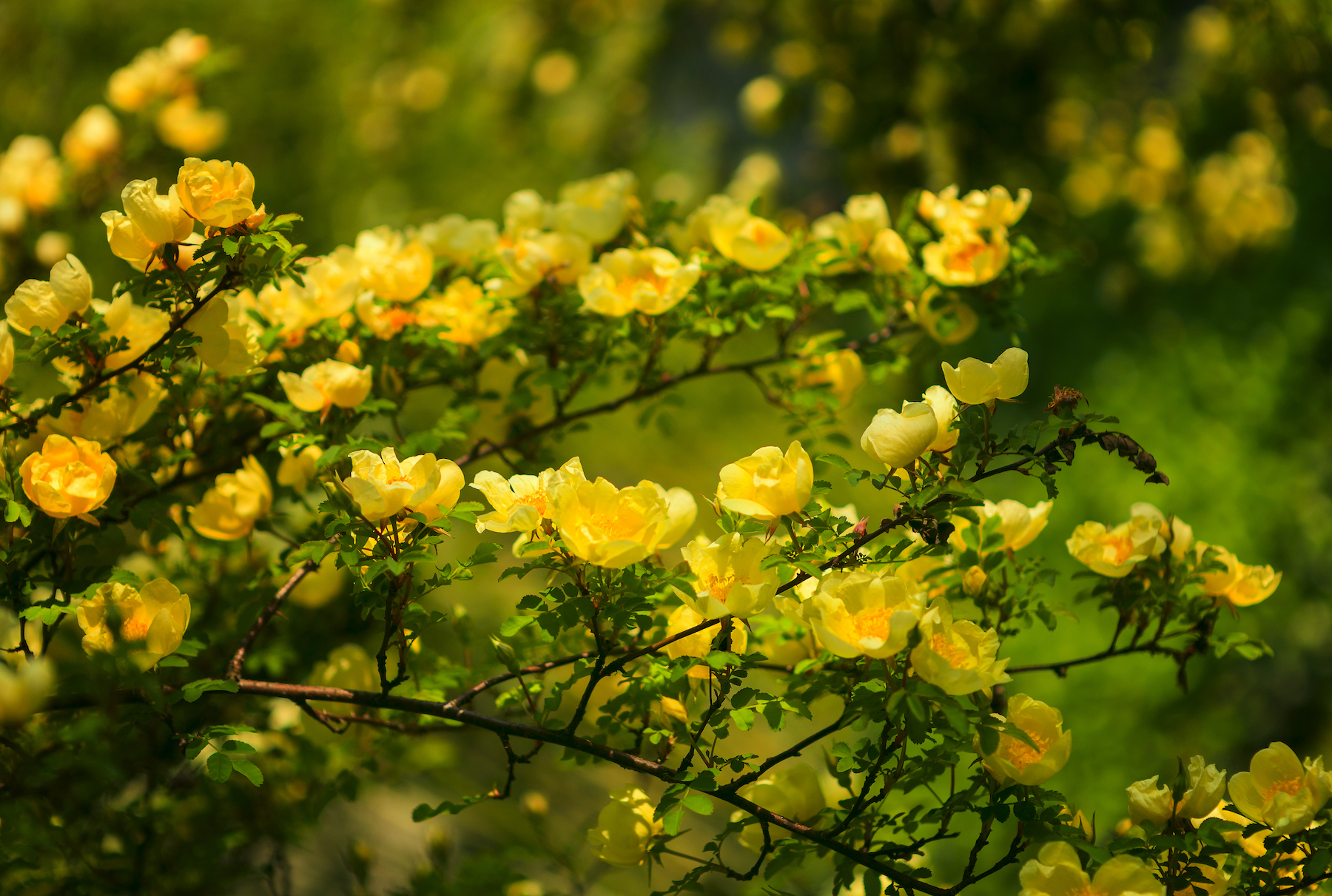Treating allergies with Chinese medicine
Allergies occur when the body’s immune system mistakenly identifies a normally harmless substance as a threat to the body. Common allergens (substances that cause allergic reactions) include food, pollen, animal dander, mold, insect venom, drugs and dust mites. In an attempt to eliminate this substance from the system, an inflammatory reaction occurs, leading to a variety of symptoms. A traditional Chinese medical treatment for pollen allergies or hay fever follows.
In order to treat allergies with traditional Chinese medicine (TCM), it is necessary to recognize the pathogenic influence of wind, damp and cold. Allergy symptoms often occur without warning. Seasonal allergies such as hay fever cause symptoms such as sneezing, itching in the eyes and throat, headaches and mucus production.
Treating allergies with herbs
This treatment strategy consists of warding off allergies with herbs. In nature, for example, Japanese catnip and a herb from the siler root (Chinese: Fang Feng) are used to clear the nasal passages and sinuses. However, the main herbs used for this purpose are Angelica dahurica (Bai Zhi), magnolia flower buds (Xin Yi Hua) and Xanthium Sibiricum (Cang Er Zi). This combination is known as a Xanthium formula. Another suitable remedy is Biyan Pian, which is used to remove toxic heat from the nose.
Typically, an underlying weakness, often a deficiency of Lung and Spleen Qi, makes people prone to allergic reactions. This weakness of Qi is treated with tonifying herbs that strengthen Lung and Spleen function, such as Codonopsis (Dangshen), Atractylodes (Bai Zhu), Poria (Filling) and prepared Licorice (Zhi Gan Cao).
Treating allergies with a diet
Diet plays an important role in treating allergies with traditional Chinese medicine (TCM). In the case of seasonal allergies, sweets, dairy products and cold foods tend to increase mucus production. Ice cream and yogurt are therefore at the top of the list of foods that should be avoided during allergy season. When excessive mucus builds up in the system, allergens cause a much stronger allergic reaction. Soups, salads (in warm weather), vegetables and cooked grains are easy for the body to digest. If digestion is efficient, less mucus accumulates.
Treatment of allergies through acupuncture
The treatment plans for treating allergies with traditional Chinese medicine (TCM) vary greatly. The possible results range from temporary relief to complete remission. Acupuncture often relieves allergy symptoms immediately. Manipulation of points around the nose, such as Yintang, Bitong and Large Intestine 20, usually relieves nasal congestion and sneezing as soon as the needles are inserted.
Treating hay fever with traditional Chinese medicine (TCM)
Hay fever is a common respiratory disease that can be treated effectively in Chinese medicine. The medical name for hay fever is allergic rhinitis. Hay fever is an allergic reaction to allergens in our environment that affects the nose, eyes, lungs and sinuses and causes very unpleasant symptoms. Typical hay fever symptoms are
- itchy eyes and throat
- Runny nose
- Sneeze
- Blockage of the paranasal sinuses
- Headache
- Irritability
- Depression
- Insomnia
- Loss of appetite
To treat hay fever with Traditional Chinese Medicine (TCM), it is important to produce enough energy from the digestive system for a healthy immune response against wind and allergens. In Chinese medicine, the digestive system is responsible for converting energy from food to produce defensive energy. When digestive energy is depleted by poor diet, stress and lack of exercise, it cannot produce enough Wei-Qi, which is important for defending against wind and pollen from the outside. Without healthy Qi, wind enters the body and produces hay fever symptoms such as sneezing, itchy eyes, coughing, runny nose, etc.
Treating hay fever with acupuncture
TCM believes that the overreaction of the immune system is the main cause of hay fever. This indicates a deficiency in our Qi. Acupuncture can be used to treat hay fever with Traditional Chinese Medicine (TCM). Usually a combination of acupuncture and Chinese herbs is used. Acupuncture is particularly effective for:
- blocked nose
- dripping nose
- Inflammation and swelling of the nasal passages
- itchy nose and eyes
Acupuncture focuses on improving a person’s well-being rather than just relieving the symptoms. Most patients feel relief after the first session, and after about 10 acupuncture sessions the condition is well under control. This of course depends on the severity of the symptoms and the state of health.
Treating hay fever with herbs
Chinese herbs are very effective for treating hay fever with Traditional Chinese Medicine (TCM). The causes of seasonal allergies and hay fever lie in a physical imbalance. This makes the body susceptible to the effects of pollen. The ideal way to combat hay fever is therefore to strengthen the body.
For acute and general hay fever with congestion, sneezing, itchy eyes and scratchy throat, use herbs that exclude the external wind-heat pathogen. The Yin Chiao formula (immune formula) is often used in the short term. Echinacea can also be used in an emergency and is available locally from any pharmacy or health food store.
In addition, essential oils such as peppermint and eucalyptus can be used to drain the sinuses. To do this, simply apply the essential oils to a washcloth and generate steam with hot water. When applied to the sinuses, these oils must be diluted to 5% and 95% carrier oil, otherwise they will burn the skin. With individually selected formulas, Chinese medicine strengthens the body’s defense systems and prevents an excessive immune response.
Our modern lifestyle can mean that we are constantly under stress. When the body is stressed, energy is blocked, which in turn affects digestion and the immune system. This makes people susceptible to hay fever symptoms. To counteract this, it helps to relax the body on a daily basis. If you are not familiar with meditation, you can do other activities that induce relaxation (e.g. going for a walk, taking a bath, etc.).



